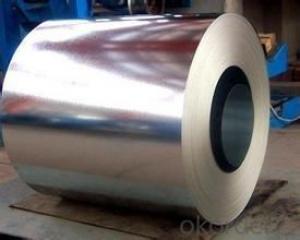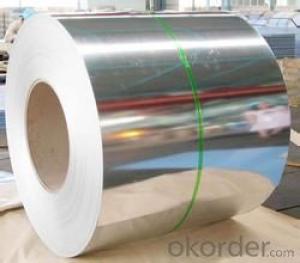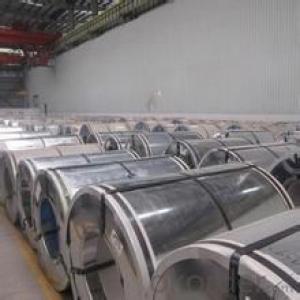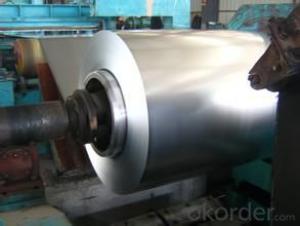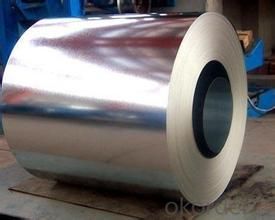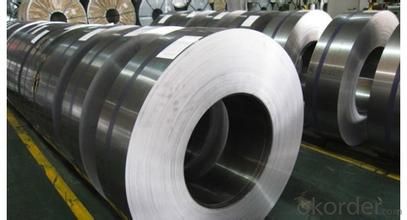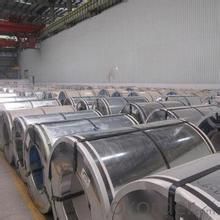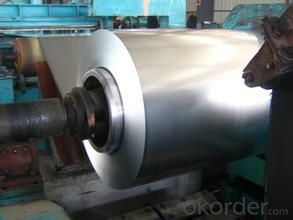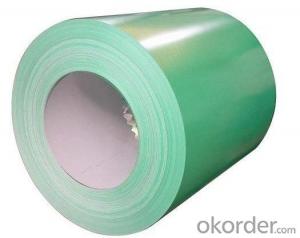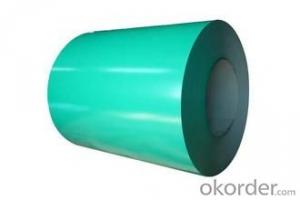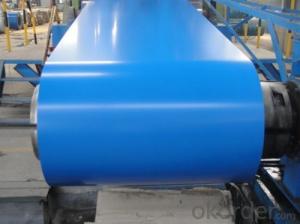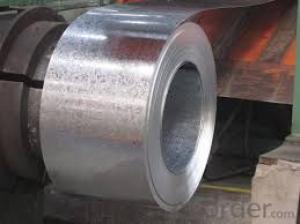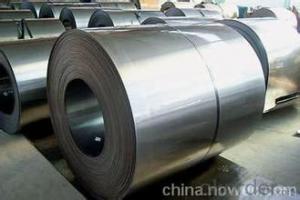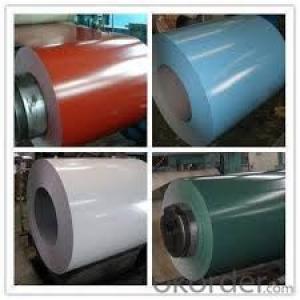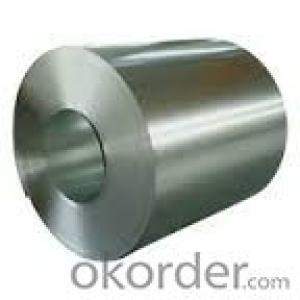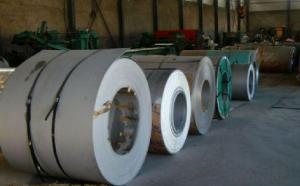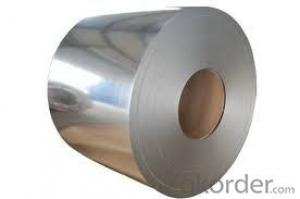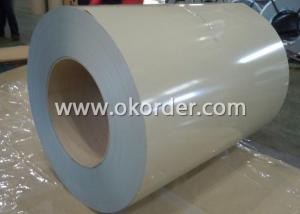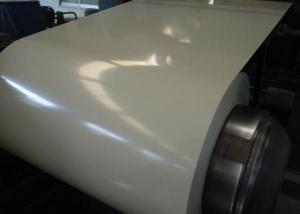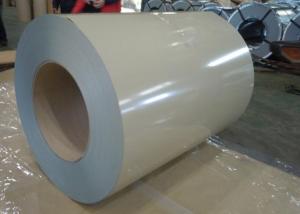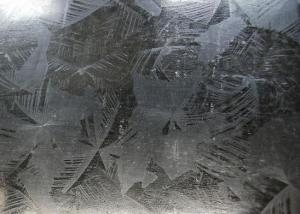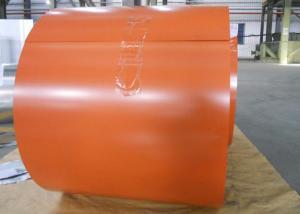hot-dip galvanized/ aluzinc steel SGCC CSA CSB DX51D
- Loading Port:
- China main port
- Payment Terms:
- TT OR LC
- Min Order Qty:
- 30 m.t.
- Supply Capability:
- 5000000 m.t./month
OKorder Service Pledge
OKorder Financial Service
You Might Also Like
Description:
1.Mateials:SGCC,DX51D / DX52D /S250,280GD
2.Size:width:600-1250mm(900mm,1215mm,1250mm,1000mm the most common)
thickness:0.15-2.0mm
length:1000-6000mm,as your require
3.Zinc coating :60-180g( as required)
4.Coil id:508mm
5.Coil weight: 3-5MT(as required)
6. Surface:regular/mini/zero spangle, chromated, skin pass, dry etc.
Applications of our Galvalume Coil:
Galvalume Coil widely used for roofing products, It is also the ideal base material for Prepainted Steel Coil.
1. roofing
2. gutters
3. unexposed automotive parts
4. appliances
5. furniture
6. outdoor cabinetry
Hot-dip galvanized steel coils are available with a pure zinc coating through the hot-dip galvanizing process. It offers the economy, strength and formability of steel combined with the corrosion resistance of zinc. The hot-dip process is the process by which steel gets coated in layers of zinc to protect against rust. It is especially useful for countless outdoor and industrial applications.
- Q: What are the different types of steel coil coatings available?
- There are several types of steel coil coatings available, including polyester, polyvinylidene fluoride (PVDF), siliconized polyester, plastisol, and acrylic. Each type of coating has its own unique properties and benefits, such as durability, resistance to corrosion and weathering, and aesthetic appeal. These coatings can be applied to steel coils to enhance their performance and appearance in various industries, such as construction, automotive, and appliances.
- Q: How are steel coils used in the manufacturing of structural components?
- Steel coils are used in the manufacturing of structural components by being processed through various techniques such as cutting, bending, and welding to form the desired shapes and sizes. These coils serve as the raw material for fabricating beams, columns, and other structural elements used in buildings, bridges, and infrastructure projects. The high strength and durability of steel make it an ideal choice for constructing load-bearing components, ensuring the stability and integrity of the structures.
- Q: I am in the US and looking for a price on wide flange steel. I need a price of one W10x30 and 20 feet long.
- The price of steel is increasing daily, so an exact answer is rough. A W10x30 is a fairly common shape and shouldn't be too hard to find. For a very rough ballpark number, say $700/ton (installed price), the piece you require should be in the range of about $250.00 or less as I assume you'll be doing the installing. Please don't take this as the gospel, however. Price varies on location, stock, and availability. Open the phone book and contact your local steel supplier. Because the piece you require is fairly short, you might get lucky and find someone who has a waste piece that length that they will give you a good deal on. --------------------------------------... I just checked the AISC web site to verify the number I quoted above and they posted an article stating that the average mill price had just increased to over $1000/ton in May. The best advice I can provide at this point is to buy the W10 now and don't wait any longer.
- Q: I'm missing the arguement, and I've seen another question like this... but the steel toe issue has 2 scenario's right?... Let me label them out, the 2nd is the one that no one talks about?Note to anyone - how are your catapillar boots, your wolverines, and then your cheap walmart/sears brands?1. Steel toe on, toes get cut off because of something falling on them. OUCH!.. Reattach perhaps?2. This one is what I question. No steel toe, large object falls on toes. SMASH... Pudding in your shoes.Wouldn't it be safer to say you'de be better off with a steel toe?
- You're talking worst case scenarios here man. The steel toe isn't for parking tractors on, it's to keep you going when everything less than catastrophic occurs. It's like safety goggles protecting a person's eyes. They work great, but only to a point...
- Q: What is the role of steel coils in the supply chain?
- Steel coils play a crucial role in the supply chain as they are used for a variety of purposes, such as transportation, storage, and manufacturing. They serve as a convenient and efficient way to transport large quantities of steel, ensuring that it reaches its destination safely and in optimal condition. Additionally, steel coils facilitate storage by allowing for easy stacking and organization, maximizing space utilization. Moreover, they are a primary raw material for various industries, especially manufacturing, where they are used in the production of a wide range of products, including automobiles, appliances, construction materials, and more.
- Q: What is current price of steel in US market?
- Hot Rolled Steel Coil – $562 per metric tonne Hot Rolled Steel Plate - $748 per metric tonne Cold Rolled Steel Coil - $654 per metric tonne Steel Wire Rod - $507 per metric tonne Medium Steel sections - $751 per metric tonne
- Q: What are the common applications of pre-painted galvanized steel coils?
- Pre-painted galvanized steel coils are extensively utilized across various industries due to their wide range of applications. These coils find common usage in the construction industry for roofing, wall cladding, and structural components. Their coating provides exceptional corrosion resistance and durability, making them suitable for both residential and commercial buildings. The automotive industry also heavily relies on these coils for manufacturing body panels, interior trims, and underbody protection. The pre-painted coating not only enhances the aesthetic appeal of vehicles but also provides protection against rust and corrosion. In the production of home appliances, such as refrigerators, ovens, washing machines, and air conditioners, pre-painted galvanized steel coils are commonly employed. The smooth and durable coating ensures a long-lasting and visually appealing finish for these appliances. The furniture industry also benefits from using pre-painted galvanized steel coils, which are used for manufacturing cabinets, shelves, and other furniture components. The coating on these coils adds a decorative element while offering protection against scratches and wear. In the electrical and electronics industry, pre-painted galvanized steel coils are utilized for manufacturing switchboards, control panels, and enclosures. The pre-painted coating provides insulation and protection against electrical hazards, making them suitable for such applications. In the agricultural sector, these coils are used for manufacturing equipment like grain silos, livestock shelters, and poultry houses. The corrosion-resistant coating ensures the durability and longevity of these agricultural structures. The vibrant and visually appealing colors of pre-painted galvanized steel coils make them a popular choice for signage and advertisement boards. The coated surface provides a smooth and glossy finish that enhances the visibility and attractiveness of the signage. To summarize, pre-painted galvanized steel coils offer excellent corrosion resistance, durability, and aesthetic appeal, making them suitable for a wide range of industries and applications, including construction, automotive, appliances, furniture, electrical and electronics, agricultural equipment, and signage and advertisement.
- Q: What are the dimensions of steel coils used in shipbuilding?
- The dimensions of steel coils used in shipbuilding vary depending on the specific requirements of the ship being built. However, common dimensions for steel coils in shipbuilding typically range from 2-15 mm in thickness and 600-2000 mm in width.
- Q: What are the common coil edge finishes?
- The common coil edge finishes include mill edge, slit edge, and deburred edge.
- Q: Hey Guys, I'm planning on purchasing a bmx bike and I have been recommended by many people the Kink Launch 2012. I'm thinking of getting it but the frame is made from High Tensile steel and I know the chromoly is stronger and more expensive, but I plan to use my bmx just to chill, ride with friends and some times go through dirt trails at my park, I would like to know, how strong Hi Tensile steel is and can it handle jumps not massive jumps but like jumps where you get like 3 feet high (1m) just for fun, I might go to the skate park but I'm not gonna do tail whips and massive jumps, I just want it as a mobile piece of transportation. I don't want to buy a mtb because I already had 3 of them and they are not practical to take with you on holidays.So, do you think the Kink Launch 2012 is good enough or should I cough up an extra $80 and get the gap ($500 AU)? As I said I ain't gonna do huge jumps.
- High tensile steel could mean almost anything. SAE 4130 Chrome-Moly steel is the de-facto standard for steel bikes frames. High tensile steel could actually mean the same thing since chrome-moly is classified as high strength steel. The strength of the frame depends as much on the quality of the welds and on the size/thickness of the tubing as much as anything else. I'd say what kind of steel you use makes only a minor difference. One reason you want to buy bikes from reputable name-brand companies is they tend to have strict quality controls, this is particularly important when it comes to welds. Welds are always the weakest part of any bike frame, don't let anyone tell you different. 99% of the time if something in the frame breaks, it'll be at the welds. hope this helps.
Send your message to us
hot-dip galvanized/ aluzinc steel SGCC CSA CSB DX51D
- Loading Port:
- China main port
- Payment Terms:
- TT OR LC
- Min Order Qty:
- 30 m.t.
- Supply Capability:
- 5000000 m.t./month
OKorder Service Pledge
OKorder Financial Service
Similar products
Hot products
Hot Searches
Related keywords
